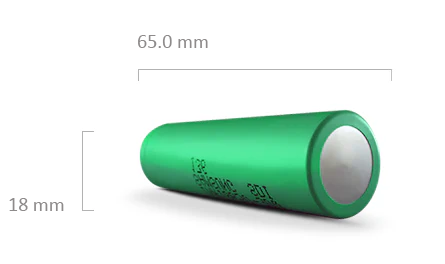In modern life, ternary lithium batteries have become the main power source for various electronic devices. Although ternary lithium batteries have advantages such as high energy density and long life, they may pose safety hazards if not used or handled correctly. Therefore, it is important to understand the safety knowledge of ternary lithium batteries. In this article, we will introduce the safe use, storage and disposal methods of ternary lithium batteries in detail to ensure the safety of you and those around you.
1. The basic principle and composition of ternary lithium battery
Ternary lithium battery is a lithium-ion battery with lithium cobalt oxide (LiCoO2), lithium manganese oxide (LiMn2O4) or lithium iron phosphate (LiFePO4) as the positive electrode material. Its basic components include positive electrode, negative electrode, electrolyte and separator. During the charge and discharge process, lithium ions migrate between the positive electrode and the negative electrode, thereby releasing or absorbing energy.
2. Precautions for safe use of ternary lithium batteries
Use original charging equipment : Always use the original charger for charging, and avoid using inappropriate charging equipment to avoid overcharging or over-discharging.
Avoid overcharging and over-discharging : Try to avoid overcharging or over-discharging the ternary lithium battery, as this may cause battery performance degradation or even damage.
Avoid excessive heat : Do not expose the ternary lithium battery to high temperature environments, and avoid charging or using the battery in direct sunlight or high temperature environments.
Check the battery regularly : Check the battery regularly to see if it is damaged or deformed. If any problems are found, stop using it immediately and have it repaired or replaced.
3. Safe storage method of ternary lithium batteries
Avoid long-term storage : Ternary lithium batteries that are not used for a long time should be stored in a dry, well-ventilated environment, and avoid storage in high temperature or humid places.
Correct packaging : If long-term storage is required, the battery should be placed in a special fireproof and explosion-proof packaging box to reduce safety risks.
Store separately : If there are multiple batteries, they should be stored separately to avoid short circuit or other safety hazards.
4. Safe disposal of ternary lithium batteries
Recycling : Expired or damaged ternary lithium batteries should not be discarded at will, but should be sent to designated recycling points for safe disposal.
Do not incinerate : Ternary lithium batteries are hazardous waste and should not be discarded or incinerated directly to avoid releasing toxic gases and polluting the environment.
In summary, although ternary lithium batteries play an important role in our daily lives, safe use, storage and disposal are equally important. By following the above guidelines, we can minimize the safety risks that ternary lithium batteries may bring and ensure that our lives and the environment can use this high energy density battery technology safely and reliably.
I hope this article was helpful. If you have any additional questions or require further information, please feel free to contact us at info@cnsnrg.com .



